When the needle dropped late at night, ripples spread across the sea of silence, and music slowly seeped into the space, eventually blending into the melodies I created. But that room is no more. The space that nurtured my music was lost to an irreversible fate dictated by time.
Before me lay thousands of records, and I found myself at a loss. “What should I keep, and what should I let go?” This was not just a simple act of organizing—it felt like a ritual, a moment to define the trajectory of my musical life. As I traced the fragments of time embedded in each record, the emotions soaked into them, and the memories of playing them on the floor, I carefully picked out only what was essential.
Some sounds survive the test of time—not to simply indulge in nostalgia, but to echo into the future. Today, I introduce one such record that continues to speak even in silence.
1. Resonance and Form—The Texture of Sound in This Record
The breath of an era told through its jacket, the tactile sensation of the grooves etched into the vinyl, and the world that unfolds the moment the needle drops. I will explore the beauty and resonance of this record in depth.
2. The Coordinates of Memory—The Intersection Between This Record and Me
When, where, and how did I first encounter this record? And why could I never bring myself to part with it? Beyond my personal experience, I will reflect on the magnetic pull that music exerts over memory.
3. The Context of Sound—How This Record Lives Within a DJ Set
At what moment should this record be played within a mix? How does it resonate with the temperature of the dance floor and intertwine with other tracks to create new narratives?
Resonance and Form—The Texture of Sound in This Record
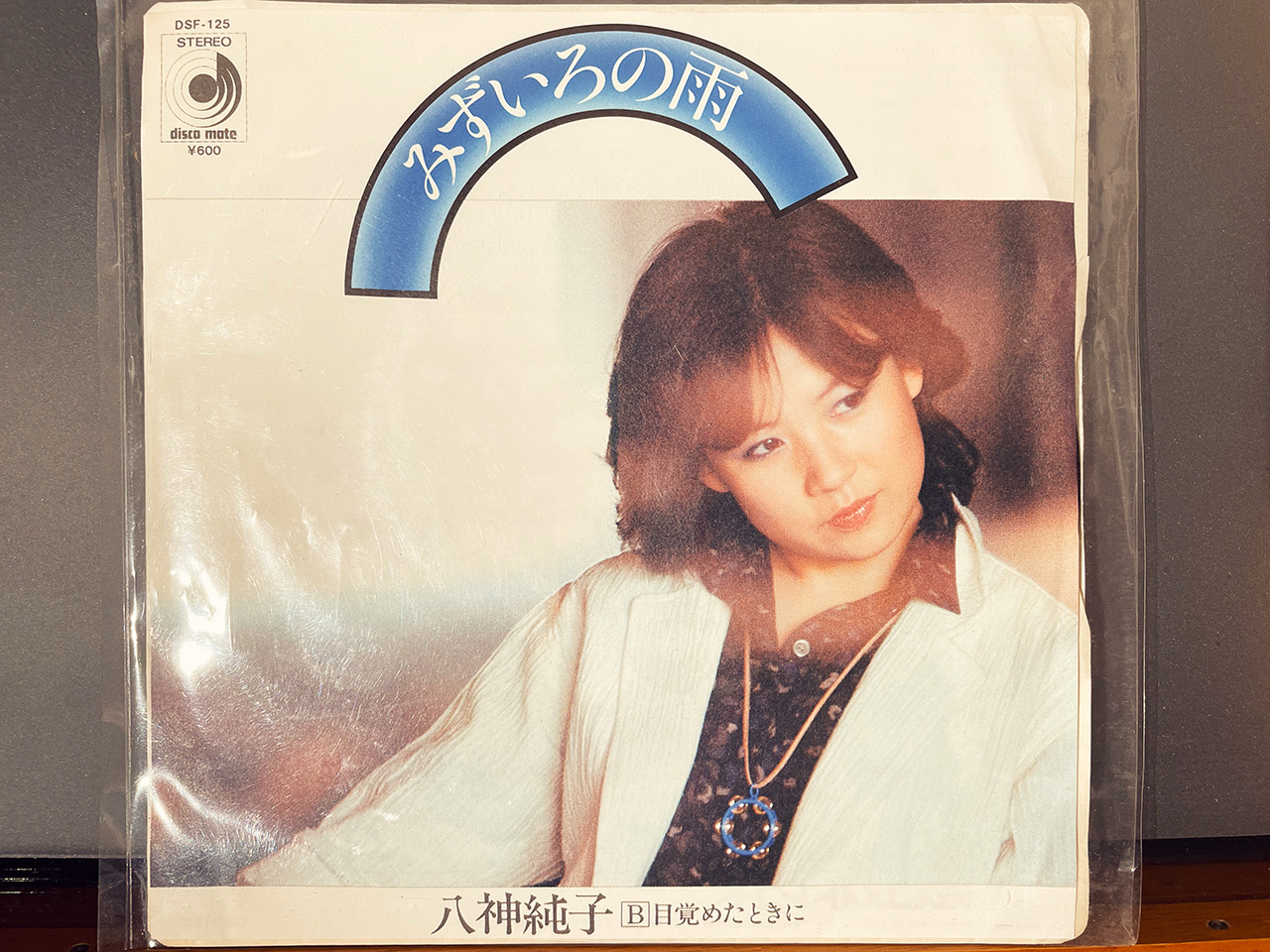
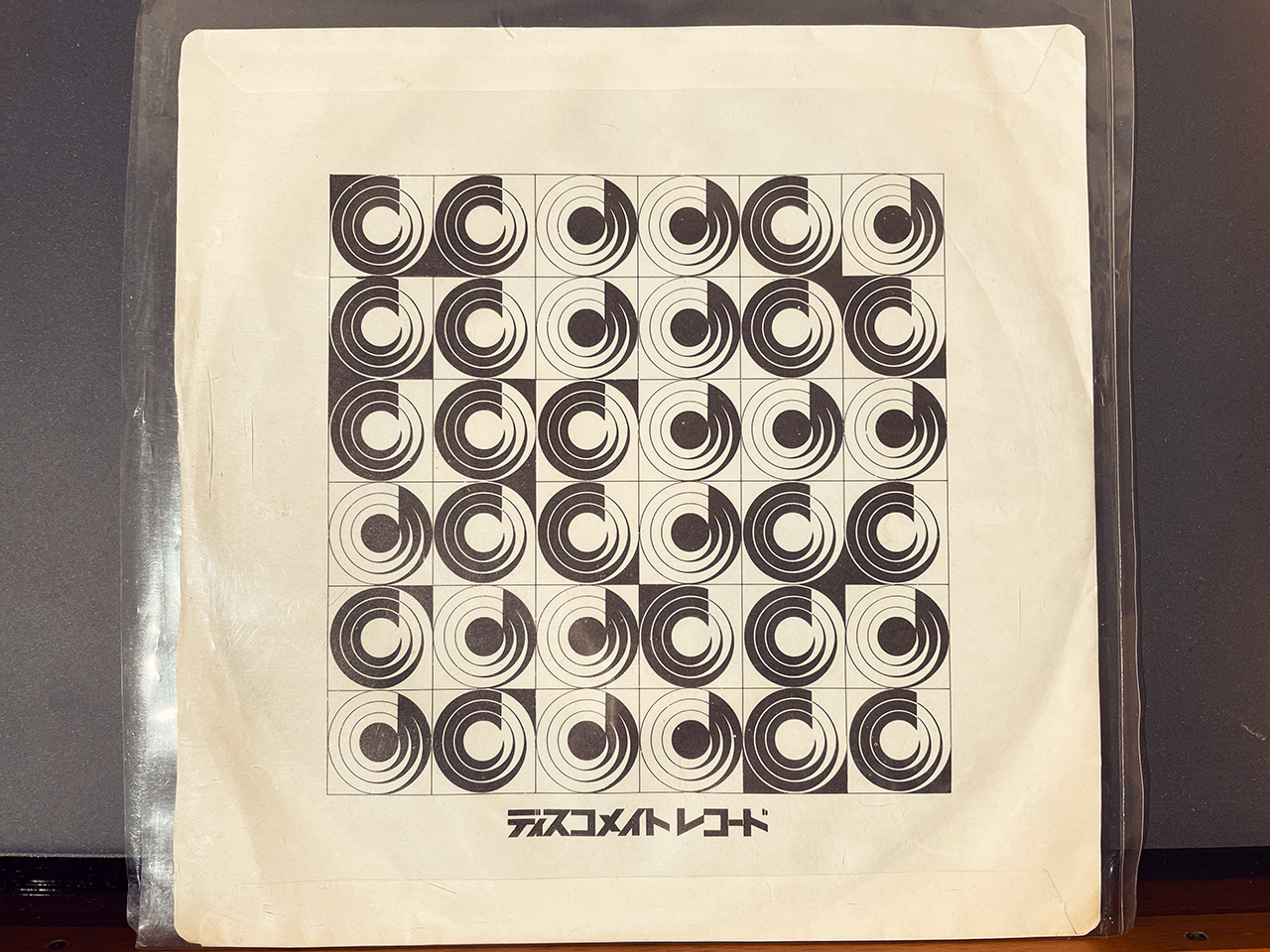
■Sound
“Mizuiro no Ame” was released in 1978, yet its brilliance remains undiminished. This masterpiece was composed by Junko Yagami herself at just 20 years old, showcasing an extraordinary talent in both songwriting and vocal delivery. The arrangement by Masaaki Omura was pivotal in elevating the song’s impact. Omura, who was just beginning his career as an arranger, gained significant attention with this work, leading to his later contributions to many iconic tracks, including Seiko Matsuda’s “Aoi Sangoshou.”
The delicate piano melodies and powerful strings in the intro define the song’s shape, while the rhythmic section in the background hints at an upcoming dramatic shift. Junko Yagami’s vocals are crystal clear, yet imbued with a quietly surging emotion, much like a sky shifting from overcast to a sudden downpour.
At the time, this song was beyond the conventional boundaries of Japanese pop. The rhythm patterns, bold use of strings, and the groove created through repeating phrases were all elements that significantly influenced later JPOP and city pop. These very musical qualities also allow it to be seamlessly reinterpreted on the dance floor today.
The Coordinates of Memory—The Intersection Between This Record and Me
I had known “Mizuiro no Ame” since childhood. It was frequently played on TV and radio programs showcasing classic Showa-era songs, and I had often heard adults singing it at karaoke. But I never consciously engaged with it as a record until I started collecting 7-inch vinyl of Japanese music.
Back then, before prices skyrocketed, many Japanese 7-inch records were available at astonishingly low prices. Digging through the ¥100 bins at record shops was like a treasure hunt. Among the gems I discovered was this very 7-inch of “Mizuiro no Ame.”
What struck me most was the overwhelming quality of its sound when played on vinyl. This wasn’t just a Showa-era classic—the sheer musical sophistication stood out. The crispness of the drums, the liveliness of the strings, and the spatial use of the vocals—these elements created a sonic landscape distinct from remastered digital versions, cassettes, or CDs.
Additionally, I was surprised to find that the song’s BPM sat in the mid-120s—a tempo that seamlessly connects with dance music. This was no coincidence; it was a testament to its groove being inherently aligned with club music.
The Context of Sound—How This Record Lives Within a DJ Set
“Mizuiro no Ame” holds a firm position as a legendary track that can be integrated into disco, kayokyoku, and JPOP DJ sets. With a BPM in the mid-120s, it naturally fits within the broader framework of house music, but it demands precise execution to be played effectively.
One ideal mixing method is to transition smoothly from the outro of the previous track, carefully aligning the beat while subtly masking the melodic progression of “Mizuiro no Ame’s” intro. Then, when the iconic “Ahhh” opening line hits, push it to the forefront, immediately drawing the floor in. If executed correctly, it will spark a sing-along moment, creating a unity that only Japanese-language pop can achieve.
Alternatively, it blends beautifully into samba/Latin house or jazz-infused sets. When layered over percussive rhythms, “Mizuiro no Ame’s” melody takes on a refreshing new resonance. In a Chicago house or disco house set, extending the outro of the previous track while isolating “Mizuiro no Ame’s” bass line, then dropping in the vocals a cappella-style, can create a smooth yet dramatic transition. However, given that the rhythm section of this track is just as crucial as its melody, careful attention must be paid to the timing of these transitions.
“Mizuiro no Ame” is not just a nostalgic relic. It is a song that bridges JPOP with house and disco, possessing a groove that continues to captivate listeners across generations. Every time the needle drops, its timeless energy reverberates through the room. And when played on the dance floor, it breathes with renewed vitality.
From the perspective of Latin house meeting Japanese music, here is a DJ mix I uploaded about six years ago that follows a similar progression:
12. Let Love Enter / The Disco House Lovers
13. Blaze It Up / Mondo Grosso
14. Dare yori mo Takaku Tobe! / Keyakizaka46
15. Triple! WONDERLAND / Negicco
16. Seifuku no Mannequin / Nogizaka46
Particularly, the transition from 13. Blaze It Up / Mondo Grosso into 14. Dare yori mo Takaku Tobe! / Keyakizaka46 is one of my personal favorites—an exceptionally musical moment even in my own DJing history.
I hope you enjoy it.
Thank you for reading until the end.
Do you, too, have a record that transcends time, one you can never part with?
May its melody continue to pulse quietly in the depths of your memory, illuminating fragments of your life.
And may both your heart and body remain in harmony, always.
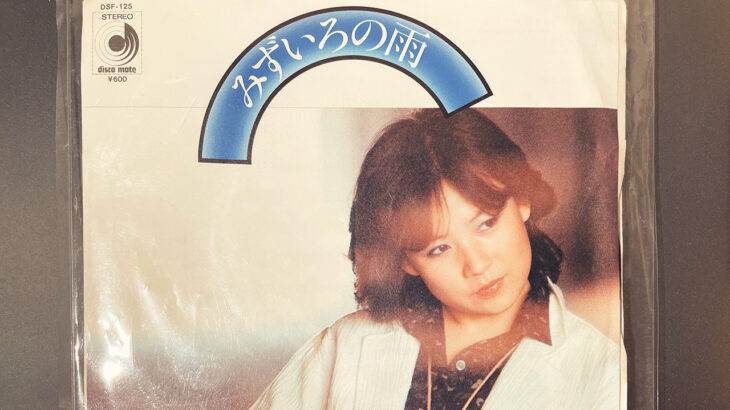



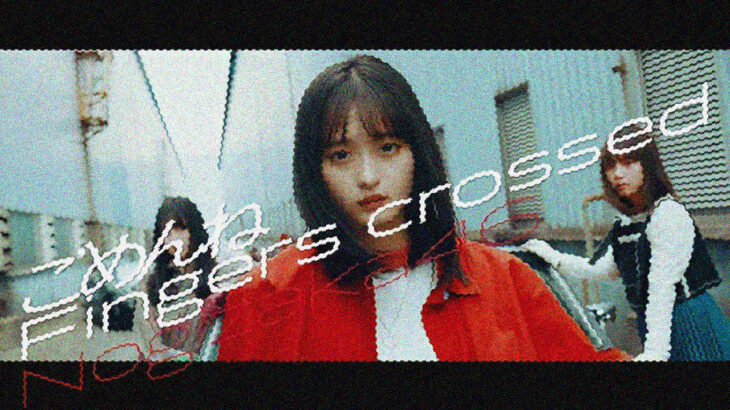
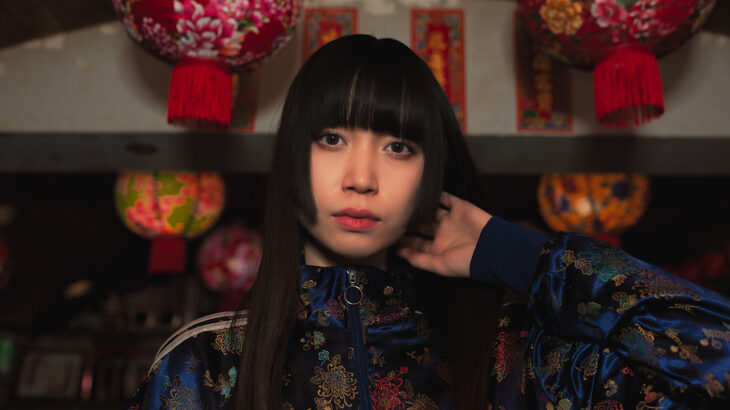
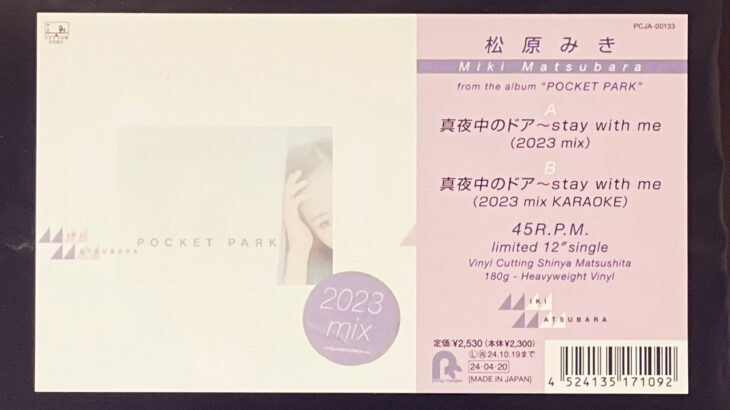
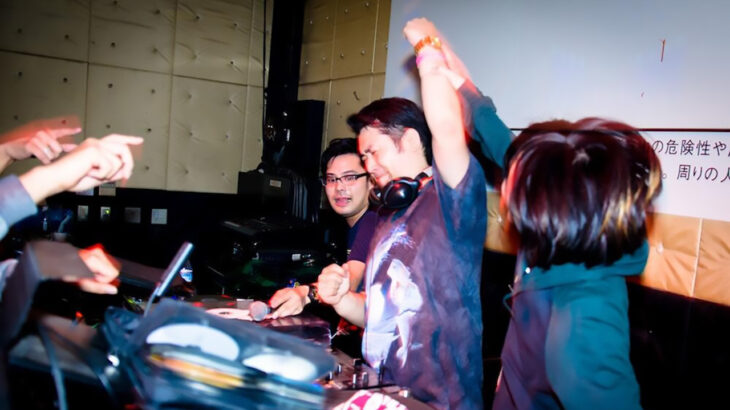
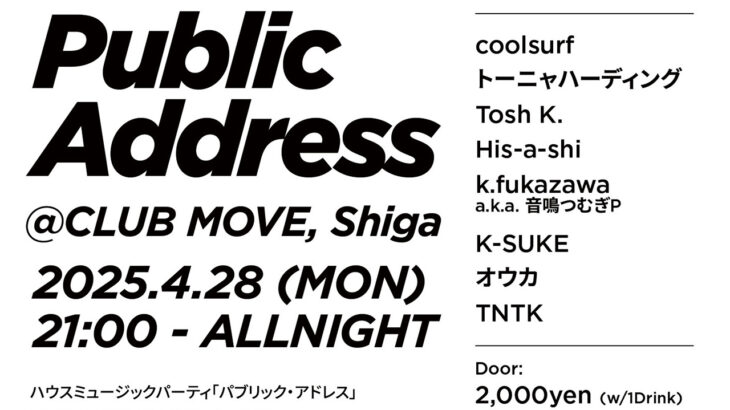
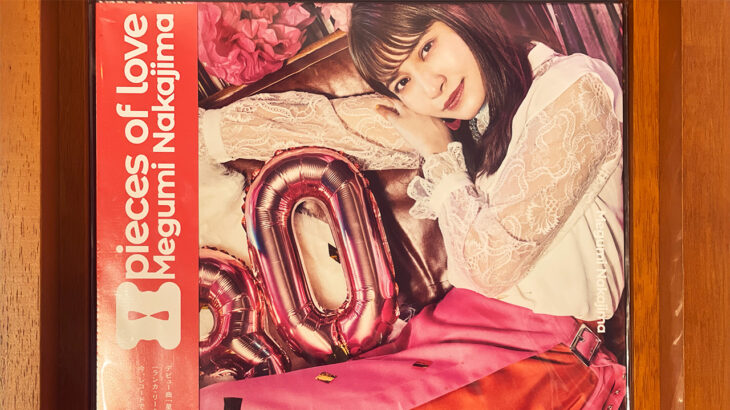
コメントを書く